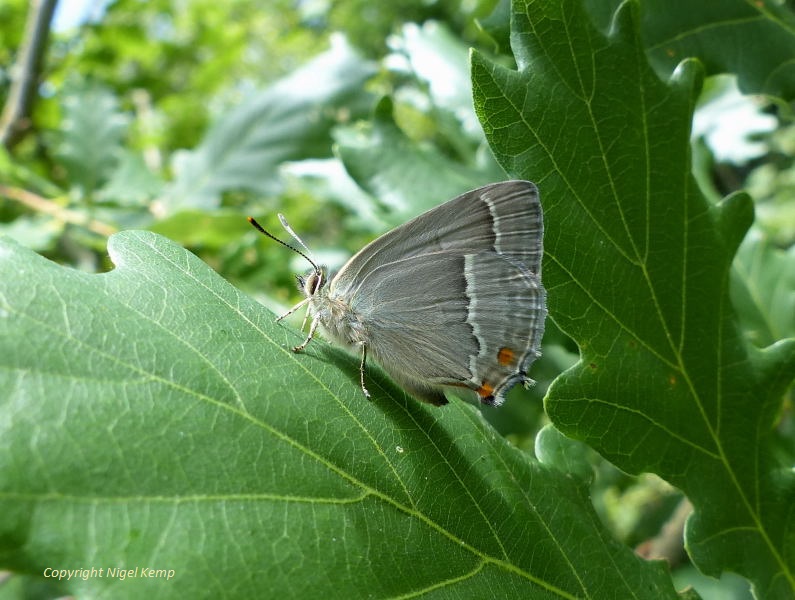In my youth I was constantly tantalised by the sight of Purple Hairstreaks (Quercusia quercus) flying around in the oak canopy and seemingly never coming down to ground level. Ever since those days, it has been one of my favourite butterfly species and I have savoured every close encounter over the years.
Nowadays, I know the habits of quercus very well. This year, it seems to be emerging in prolific numbers and over the last few days I have concentrated my efforts on early morning visits to the local woods to look for fresh emergents.
The Silver-washed Fritillary (Argynnis paphia) also seems to be having a good year in the wealden woods of East Sussex.
The Silver-washed Fritillary (Argynnis paphia) also seems to be having a good year in the wealden woods of East Sussex.
Purple Hairstreak (Quercusia quercus) (male)
Purple Hairstreak (Q.quercus) (female)
Purple Hairstreak (Q.quercus) (female ab. flavimaculatus)
Purple Hairstreak (Q.quercus) (male)
Purple Hairstreak (Q.quercus) (male)
Purple Hairstreak (Q.quercus) (male)
Silver-washed Fritillary (Argynnis paphia) (male)
Silver-washed Fritillary (A.paphia) (male, underside)
Silver-washed Fritillary (A.paphia) (female)
Silver-washed Fritillary (A.paphia) (female, underside)

































